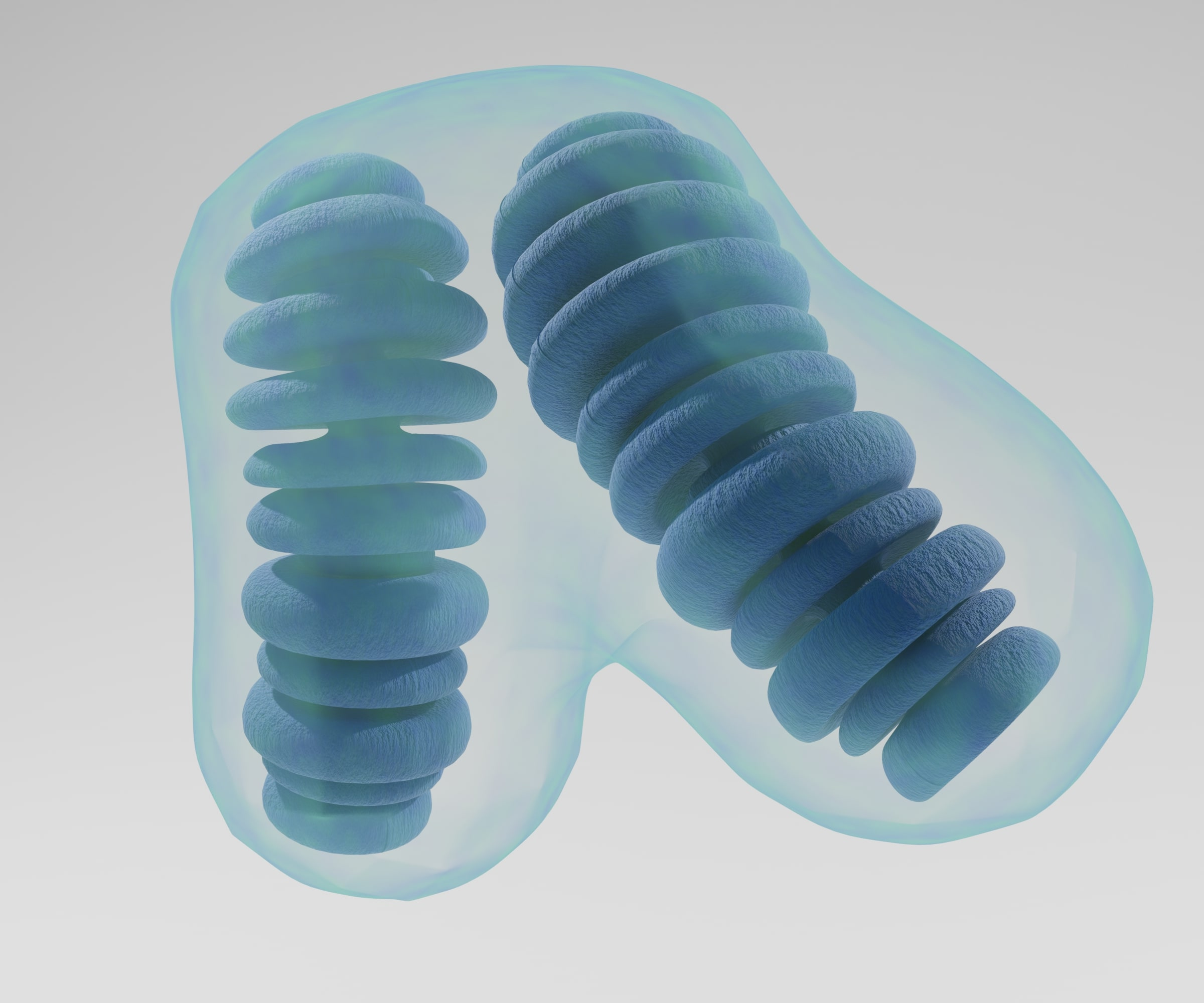
 One major feature of physical frailty is the lack of ‘energy’ often described fatigue by frail older adults. Early hypotheses of the underlying causes of physical frailty included the proposal that mitochondrial dysfunction led to low levels of energy production and ultimately to clinical features such as fatigue and low energy/activity levels (Wallace, 2011; Loeb et al., 2005; Wallace, 2010; Wallace 2005; Wallace, 2001). Over the past several years, studies into the biology of frailty have indeed identified features of mitochondrial decline that may ultimately contribute to physical frailty. Mitochondria are the cell’s power houses, generating energy in a highly charged process, called oxidative phosphorylation, which transfers electrons from oxygen to make ATP. ATP is an energy source that is utilized for almost all cellular activities. The process of making ATP creates reactive oxygen species (ROS), which can damage cellular structures if not quickly neutralized (Conley et al., 2007).
One major feature of physical frailty is the lack of ‘energy’ often described fatigue by frail older adults. Early hypotheses of the underlying causes of physical frailty included the proposal that mitochondrial dysfunction led to low levels of energy production and ultimately to clinical features such as fatigue and low energy/activity levels (Wallace, 2011; Loeb et al., 2005; Wallace, 2010; Wallace 2005; Wallace, 2001). Over the past several years, studies into the biology of frailty have indeed identified features of mitochondrial decline that may ultimately contribute to physical frailty. Mitochondria are the cell’s power houses, generating energy in a highly charged process, called oxidative phosphorylation, which transfers electrons from oxygen to make ATP. ATP is an energy source that is utilized for almost all cellular activities. The process of making ATP creates reactive oxygen species (ROS), which can damage cellular structures if not quickly neutralized (Conley et al., 2007).
With aging, there is an accumulation of damaged mitochondria that, once established, is thought to be irreversible. Recently, several studies have shown the presence of mitochondrial changes that predate the accumulation of clearly damaged mitochondria by almost a decade (Amara et al., 2007; Skulachev, 2006; Bratic & Trifunovic, 2010; Dirks et al., 2006; Taneike et al., 2010). These studies have demonstrated that such changes are associated with a functional reduction in mitochondrial efficiency in otherwise healthy people in their sixties (Amara et al., 2007). There is a vicious cycle in the deterioration of mitochondrial function with increasing age (Bua et al., 2006; Greco et al., 2003; Hutter et al., 2004; Mogensen et al., 2006). Aging is associated with increased ROS and reduced ATP production. Higher rates of ROS production lead to mitochondrial damage and further lower ATP production, eventually triggering pathways that cause mitochondrial self-destruction through a pathway called mitophagy. (Lemasters, 2005; Garza-Lombó, et al., 2020; Vajapey et al., 2014). At the same time, the generation of new mitochondria is reduced because biogenesis and turnover are energy intensive, requiring a high capacity for ATP production.
Direct evidence that these changes in mitochondrial function with age result in clinical symptoms such as fatigue remains an important research goal. However, several studies have investigated the relationship between mitochondria and muscle function. Mitochondrial energy production in response to skeletal muscle movement – that is the ability to sustain an increase in demand – declines during activity at a faster rate in frail compared to non-frail older adults (Varadhan et al, 2019; Lewsey et al., 2020). This suggests that frailty involves a reduced ability to generate energy when it is needed as a result of mitochondrial dysfunction.
Work in the IL-10 knockout mouse model of frailty also suggests a mitochondrial link to frailty. This mouse develops accelerated chronic inflammation, has lower ATP production at older ages compared to age-matched controls, and decreased ability to clear damaged mitochondria suggesting abnormally slow mitophagy and slow clearance of damaged mitochondria (Abadir et al., 2017; Akki et al., 2014).
Importantly, early changes in mitochondria are potentially reversible (Conley et al., 2013; Lumini et al., 2008; Conley et al., 2007), especially if identified at younger ages, and therefore might be a target for medical therapies designed to improve the health-span and prevent frailty in later life.


